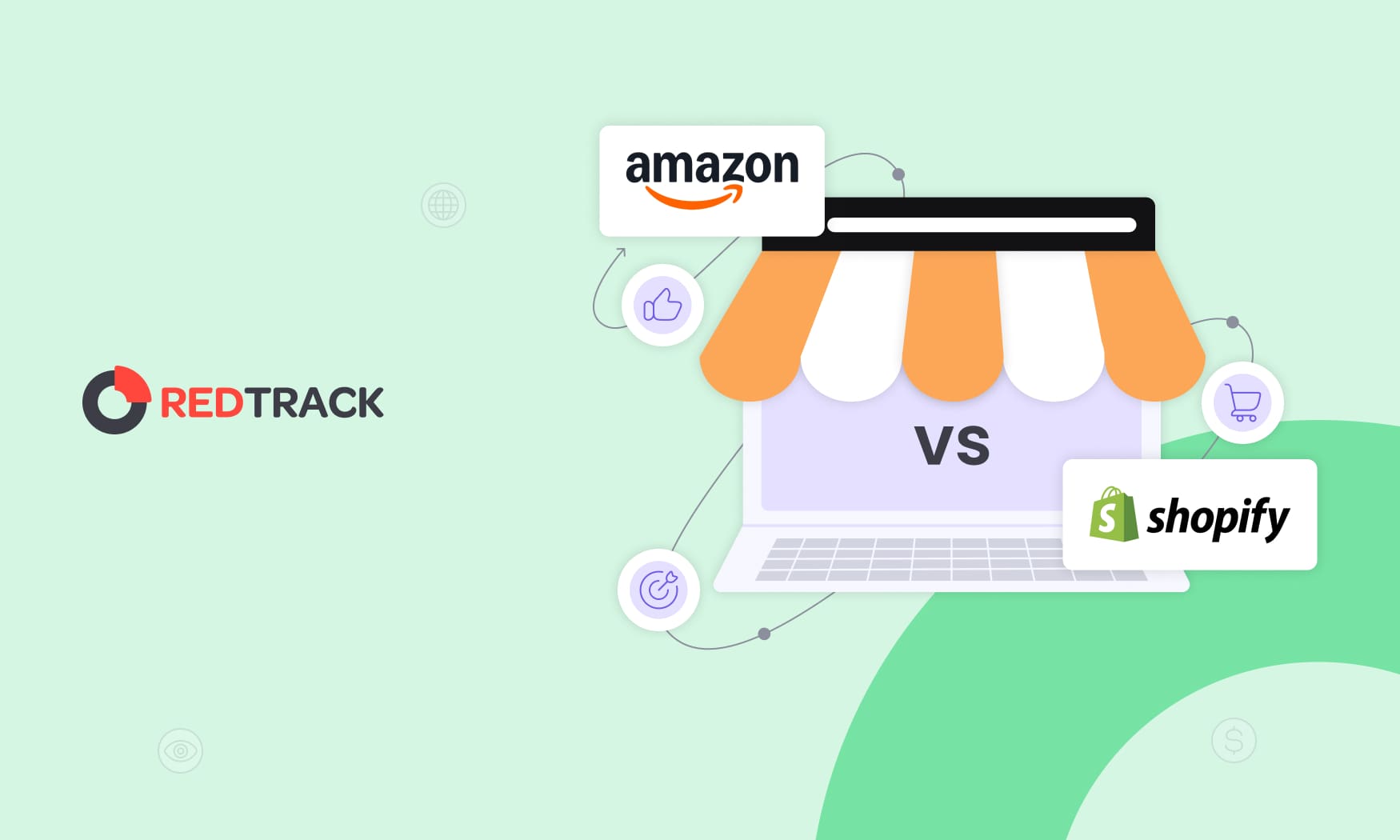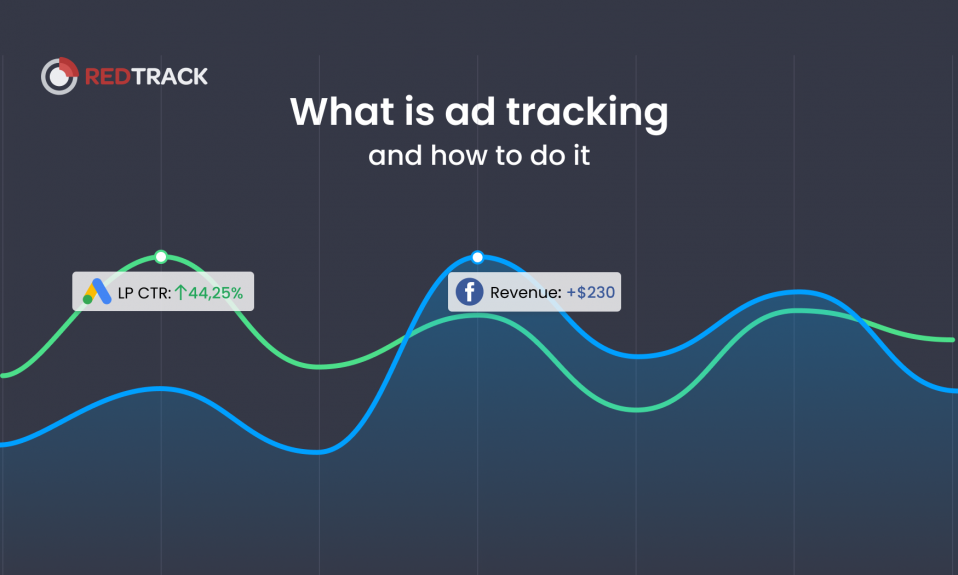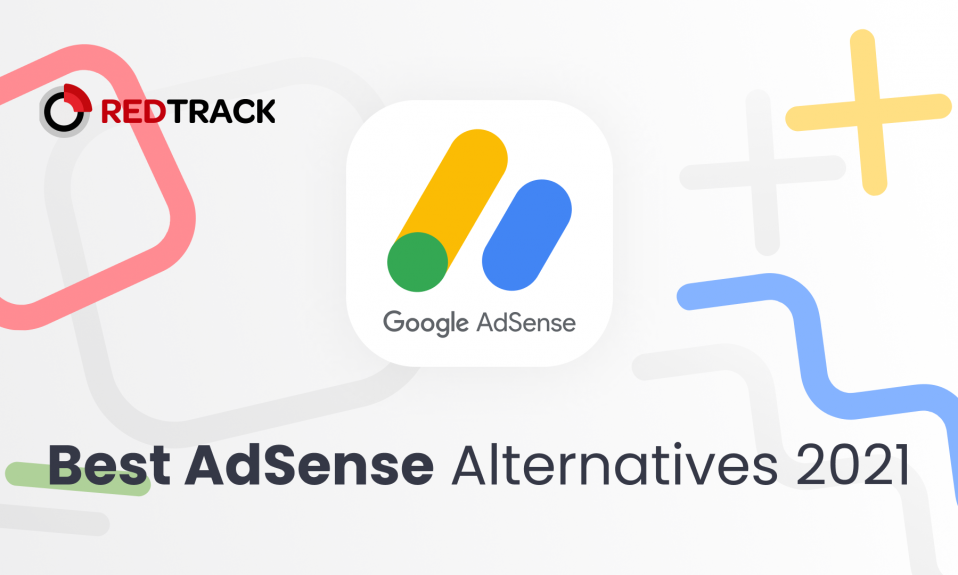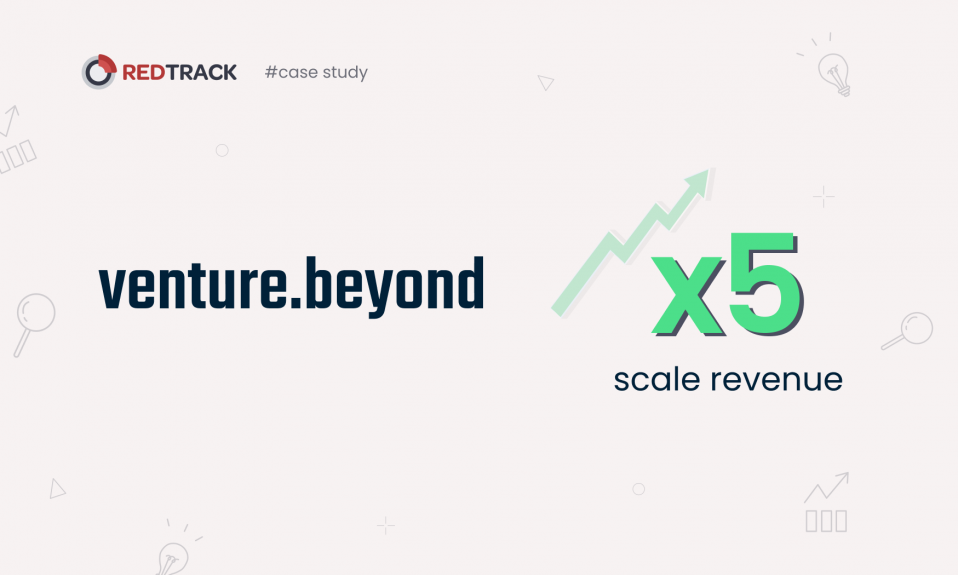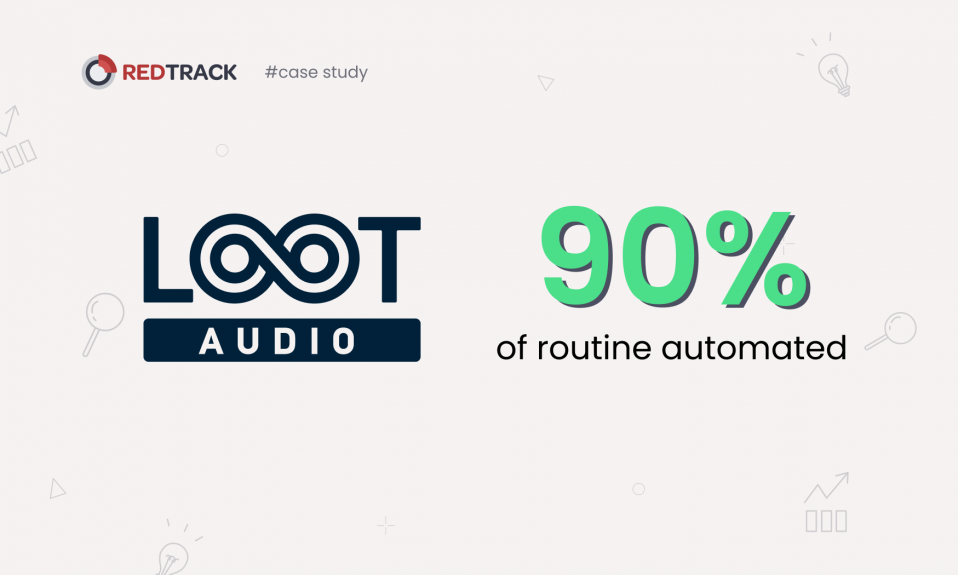
Every e-commerce brand faces the same uphill battle: how to grow revenue without endlessly pumping cash into ads. Here’s the truth – you can boost your revenue by 20% or more without a single new customer. The secret? Mastering how to increase average order value (AOV).
Most stores chase new traffic and fresh leads. Smart ones focus on the customers they already have, and make each transaction worth more.
With acquisition costs going through the roof on every platform, boosting Average Order Value (AOV) has to be your top priority if you want to squeeze more profit out of your existing customer base.
In this guide, you’ll get 15 actionable strategies for how top e-commerce brands boost their average order value without having to spend a dime on ads. Because let’s face it – that’s just not practical in today’s market. From the simplest approach (like bundling products together and offering free shipping once you hit certain thresholds) to more advanced stuff like personalizing your product recommendations with AI, these techniques will help you tap into the hidden profit potential sitting inside your existing customer base.
What is Average Order Value and why it matters
Your Average Order Value (AOV) tells you how much cash each customer spends on average, every time they make a purchase from your store.
The formula for average order value is dead simple:
AOV = Total Revenue / Number of Orders
Here’s what it looks like in an example:
Say you made $50,000 in a year from 1,000 orders. Your Average Order Value calculation would look like this:
AOV = $50,000 / 1000
AOV = $50
But why would you spend the time to make AOV calculations in the first place?
The thing is, your Average Order Value (AOV) is a number that tells you things. Important things you need to understand:
- How well your store is doing
- How much potential for growth you’ve got
No matter what number you land in your Average Order Value (AOV) calculation when you crunch the numbers, the reality is that if you use one of the below strategies to boost your AOV by, say, 20% boost that number will translate directly into a 20% increase in revenue growth.
The best part of a growth strategy centred around increasing Average Order Value (AOV) is that you don’t even need to go out and grab more customers to make that happen!
If you compare that to trying to win over new customers (which, let’s be real, costs you a small fortune), you can see why top ecommerce brands are absolutely fixated on using this cross-selling strategy.
In a nutshell: Boosting Average Order Value (AOV) lets you maximize revenue with minimal effort. in your sales and marketing strategy. It basically has a snowball effect on your profits, without straining your sales and marketing strategy efforts. On top of that, it actually lowers your cost per dollar of revenue.
What Average Order Value should you be aiming for in 2026?
Now the big question on your mind is: How do I know what a good Average Order Value (AOV) is for my type of store and product?
We’ve got you covered here with some key industry benchmarks.
Average Order Value industry benchmarks
- Fashion: $141 give or take a bit
- Beauty: $67-$72
- Home & Furnishings: $162-$373
- Luxury: $327-$330
Now, where your store sits relative to these benchmarks can be a huge help in spotting where you can find wiggle room for some extra dollars in terms of the average dollar amount spent in one transaction. And the good news is – making small gains in this area can totally move the revenue needle for you.
So again, instead of chasing new buyers, focus on getting more value from the ones you already have, through smarter pricing, bundles, upsells, or special post-purchase offers.
Because optimizing for Average Order Value (AOV) (not just conversion rate) gives you more profit without more ad spend. And that’s the kind of math every e-commerce marketer loves most!
3 Quick-win strategies you can implement today
Set strategic free shipping thresholds
Free shipping isn’t a perk – it’s psychology. Did you know that 48% online shoppers will ditch their carts because of extra costs (like shipping), yet more than half will gladly spend more just to unlock free delivery?
Here’s how to make this statistic work in your favor:
Find your current Average Order Value (AOV), then set your free shipping threshold about 30–40% higher.
Let us show you how this works through an example.
Say your AOV is $50, aim for a $65–$70 free shipping mark. That extra gap gives customers a reason to toss in one more item, and that’s pure profit you probably wouldn’t have got if you didn’t set up that free shipping threshold.
Now, if you want to push this strategy even further, there’s one more thing you can do to encourage customers to drop another item in their cart. Make the incentive impossible to ignore. Get your developers to create a progress bar or banner that updates in real time and throws up a message: “Add $15 more to your card and get free shipping!”
Make sure your banner is front and center on all product pages, in carts, and at checkout. You want to make the buyer feel like you’ve set a mini goal for them to reach.
Highlight free shipping thresholds in your emails, social posts, and site promos.
When customers see how close they are to getting free delivery, they’ll almost always find a reason to buy more.
Tip: Run A/B tests with different threshold levels for at least two weeks. Track how each version affects both Average Order Value (AOV) and conversion rate. Your goal is to find the sweet spot that raises order size without scaring off bargain hunters.
Create irresistible product bundles
According to HBR, when you bundle products, consumers are more likely to make the purchase decision quicker because they believe two things:
- They perceive the cost to be lower when products are combined
- Even though they are getting two or more products, they see it as one, so they feel like they are spending less
Bundle products that naturally go together and offer a 15–25% discount compared to buying them separately. Think full skincare sets instead of selling the cleanser, toner, and moisturizer on their own.
Run “Buy 2, Get 1 Free” offers for items people reorder often. This is the perfect move for consumables. Look at your data and find out which products are the ones customers usually buy together. Combine them and turn them into a bundle.
Another great move is bundling by audience or season.
- New customers: Create new starter kits with all the basics.
- Power users: Build tailor-made sets for premium users.
- Holidays: Assemble holiday gift bundles that look expensive.
Tip: There are loads of tools out there that can help you build product bundles, like Shopify Bundles. You can even set up custom bundle builders, where shoppers can swap or customize items without breaking the bundle discount. Customers love this kind of flexibility, and it’s just the kind of thing that can get you Average Order Value (AOV) climbing!
Implement strategic upselling and cross-selling
When done right, cross-selling can increase profits by up to 30% for e-commerce brands, yet most stores still treat it like an afterthought. Don’t be that store.
Add a “Customers also bought” section under your product descriptions with 3-4 relevant items – that’s just the right amount of visibility and non-intrusiveness to keep them looking.
At checkout, try to upsell premium versions, larger sizes, or extended warranties in a very subtle way. Nothing too pushy, just something along the lines of “complete your setup” (as in, complete the whole transaction in one go).
For accessories, make it ridiculously easy – one click and you’re done.
- Selling phones? Mention cases and chargers as no-brainers.
- Selling clothes? Suggest belts and jewelry – go for the ‘perfect match’ vibe.
There’s no need for extra pages, and you shouldn’t put up a big fuss – just instant add-to-cart and you’re good to go.
And when that shopper has had a change of heart at the last second, throw up an exit-intent offer that’s tied in with what they’ve got in their cart. Keep it short and relevant to what they’ve already got, and make it time-sensitive. Think along the lines of:
“Grab the matching case for 20% off – Less than 10 minutes left”
The idea is to create a bit of urgency.
Tip: Upselling and cross-selling are all about knowing what your customer might actually want to buy next and making it a no-brainer to say, “Okay – I might as well do it now.”
3 Advanced revenue optimization tactics
Launch high-impact loyalty programs
A smart loyalty program doesn’t just make customers feel good –it raises Average Order Value (AOV) and lifetime value at the same time.
Start with tiered rewards that push for bigger spends:
- Bronze: 5% off
- Silver: 10% off
- Gold: 15% off + free shipping
Tip: Base each tier on annual spending, so customers have a reason to climb higher (and buy more to stay there).
You can also add double points for larger purchases, where, for example, anything over $100 earns double the amount of points. Regular customers love stacking value, and this triggers the “might as well spend more” mindset.
Give loyalty members early access to sales or new drops – even 24–48 hours makes them feel like VIPs. That exclusivity drives engagement more than any other generic discount ever will.
Finally, use your data. Send personalized offers that actually fit what people buy. Recommend products that make sense for their habits and tier level.
When loyalty feels personal and rewarding, people spend more. Not because they have to, but because they want to.
Leverage AI-powered personalization
Stop guessing what your customers want – let data do the heavy lifting.
Install AI recommendation engines that track browsing and buying behavior in real time. These systems spot patterns no human marketer could ever catch; micro-signals buried in click paths, dwell times, and cart history. Then use them to serve laser-focused product suggestions.
The result?
- Much higher accuracy
- A lot more conversions
- Way less traffic getting lost in the void
Next up, ditch that boring static homepage! Build storefronts that are smart and that adapt depending on who’s actually visiting.
- First timers? Show off your best-sellers, some easy wins for them to take home, and a nice little offer to introduce them to the store.
- Regulars? Let them have something like: “Hey, we thought you might like…” based on what they’ve already bought from you.
Every time they show up, they should feel like you actually put some effort into curating an experience just for them – not just a run-of-the-mill shop window that they could find anywhere.
Then take it to their inbox.
Email campaigns that are actually smart can pick up on:
- Who’s about to reorder
- Who is starting to lose interest
- Who is itching to splurge (send them product recommendations at exactly the right moment!)
Your data will tell you when they’re most likely to actually bother clicking on anything.
According to McKinsey, companies that get personalization right in the buyer experience generate up to 40 % more revenue.
Finally, use these predictive models to track down your big-spending customers; the ones who keep coming back and splashing the cash. Make them feel special by giving them early access to premium options and exclusive bundles. They’ll open their wallets even wider because they get the sense you actually know what they want.
That’s the power play: flip your marketing from being on the back foot to actually being smart. Take your dull old shop and make it a really smart one!
Polish your post-purchase experience
Don’t forget about the customer once they’ve made the purchase. This is a huge mistake.
You might not believe it, but the sale isn’t over just yet in this customer journey. In fact, it’s just the beginning! Smart online businesses know this, and they use it to their advantage to keep building the customer’s order history.
When your consumer hits the “checkout” button, that is when the real money starts coming in.
Your top priority (after every sale) is to send instant upsell offers. You can start straight off the bat of the thank-you page of your ecommerce website. The reason why this instant sales push is a must is that the customer’s dopamine levels are still pumping from the first buy. It is literally the perfect moment to make another purchase suggestion!
The main things you need to remember with this strategy are to:
- Send the personal email within 24 hours of the inital purchase
- Suggest linked products that complement the one they just purchased
Bought a camera? Woo them with memory cards, tripods, and lens kits, while the excitement is still buzzing and their shopping brain is still in gear.
For things that get used up, slip subscription options right into the checkout process for the win – we’re talking skincare refills, vitamins, or pet food. Market it as a lifeline, not a sales pitch: “never run out again” trumps “buy more now”.
And don’t overlook the confirmation emails. Add a “complete the look” section, if they bought one part of a collection, show them the rest at a bargain price (we’re talking a small bundle discount here). This feels relevant, but it’s not a hard sell, because it ties right into something they already care about.
Sidenote: Post-purchase optimization isn’t about squeezing customers. It’s about catching them in their most open, ready-to-buy moment. Done right, it turns one sale into two… or three.
2 Psychological triggers and urgency tactics

Create compelling limited-time offers
Nothing drives action like a ticking clock, whether it’s for complementary products or exclusive discounts.
Run flash sales with real countdown timers:
“24 hours left!”
“Sale ends tonight!”
Bold it out and plaster it everywhere, and motivate customers to buy. And remember: Urgency kills hesitation. When people think they might miss out, they buy faster and often add more to their cart to “make it worth it.”
Next, encourage shoppers and push for higher spend with tiered incentives:
- Spend $75 → get a free gift
- Spend $150 → get a premium one
It’s clean, simple, and designed to bump customers above their usual order size. And it still makes them feel like they are winning.
Tie in seasonal urgency – shipping cutoffs, holidays, and special events.
“Last day for guaranteed Valentine’s delivery” beats any generic discount. Pair that with a free-shipping threshold, and you’ve got a one-two punch for higher Average Order Value (AOV).
Finally, add a dash of authentic scarcity:
‘Only a handful left’
‘Low stock & won’t be back for two weeks’
This kind of move can be effective, but only if it feels genuine. And don’t forget to show customers similar products or items in stock. You want to catch that impulse buy without losing the sale altogether.
In a nutshell: Limited-time offers aren’t just about creating hype. They’re actually a form of controlled chaos. If done right, they can create a sense of urgency, get shoppers to add more to their cart, and make them feel like they just landed an awesome deal!
Implement gift-with-purchase strategies
Consumers can’t resist the word “free”. It’s a simple trick that works its magic to boost basket size.
Offer freebies with purchase. This freebie could be a sample, a travel-sized product, or an exclusive item for orders that meet or exceed a certain minimum amount.
The beauty brand is great at this tactic because the mini-versions of a product can turn into full-sized customers in the long run. Just remember to set your minimum at about 20-30% higher than what average customers usually spend. You want to nudge them just enough to make them spend a bit more.
Take it up a notch with exclusive gift sets. Make them available only after hitting a minimum spend.
“Free $25 gift when you spend $100″
When shoppers see clear value, they chase it.
Want extra punch? Partner with complementary brands. A gymwear brand could throw in protein bars from a supplement partner. Both brands win because there’s more perceived value, more exposure, and a better unboxing experience.
And don’t hide the offer. Promote it everywhere – top banners, product pages, cart reminders. Show a photo of the gift, not just text. People buy with their eyes, and a shiny “freebie” image does more heavy lifting than a paragraph of copy ever could!
3 Customer experience optimization moves
Fix up product pages for higher conversions
Your product pages matter the most. In fact, we can’t stress how important it is to get your product pages right.
They need to:
- Be purchase-perfect and engaging.
- Talk to the right customers, in the right way.
So if your product pages are not up to scratch, there’s no chance you’ll make the sale.
One of the best ways to fix product pages is to include product videos; show the potential buyer how the product works and what it will look like when they actually get it.
Videos do a whole lot more than just bump up conversions. They can also minimize returns, because shoppers at that point have a good idea of exactly what they’re getting in the mail.
Next up, you want to eliminate every bit of uncertainty that might stop a potential buyer from clicking buy.
Make sure you’ve got clear size guides, full ingredient lists, care instructions (all that important stuff). Shoppers don’t buy when they’re feeling unsure. They buy when they know what they’re getting and are confident in it. And by the way, confident buyers are much more likely to chuck in a few extra items and come back for more.
Now get some real reviews up there, especially the ones with photos and that “verified purchase” tag. Let your customers do some of the selling for you. When people see other people actually using and loving your product, that’s usually when the hesitation starts to disappear.
Another little trick is to highlight reviews that mention other products and say “Pairs perfectly with X” to cross-sell complementary products
Lastly, try to make the visuals feel a little more authentic. Add zoom features and 360° views so that shoppers can get a good, long look at every last detail, like they would in a store. The closer your online experience feels to holding the product in their hands, the easier it will be for them to click “Buy Now”.
Your product page isn’t just a fancy product display; it’s the sale closer (the thing that actually gets you the sale). So make it look the part.
Streamline checkout process
If your checkout feels like paperwork, you’re bleeding sales.
Cut it down to 2–3 steps max and show a clear progress bar. People hate mystery. They want to see how close they are to being done. The simpler and faster the flow, the fewer abandoned carts (and the more chances you have to slip in a smart upsell before the finish line!).
Offer guest checkout. Forcing account creation before purchase is a conversion killer. Let them buy first, earn their trust, then invite them to make an account afterward when they’re already feeling good about the experience.
Stack trust signals everywhere – SSL badges, money-back guarantees, payment logos. This isn’t decoration; it’s reassurance. When shoppers feel safe, they don’t hesitate to spend more.
And don’t waste the cart summary stage. Add one or two last-chance upsells – relevant, obvious, and low-effort to add. Think “Protect your order with a 1-year warranty” or “Add a matching case for $9.” No friction, no distractions – just easy wins to up average order value.
Checkout isn’t just the end of the funnel. It’s your final shot to boost order value, seal trust, and turn “almost there” into “paid.”
Provide exceptional customer support
Support shouldn’t just solve problems. It should drive sales.
Start with live chat staffed by real humans who know your products inside out. Whenever a shopper asks, “Does this fit with…” that’s your chance to step in. A person with the right training will be able to casually suggest the perfect item to go with what they’re looking at – no need for a script, just common sense to offer genuine help that happens to sell.
Build a Detailed FAQ that does more than just answer the basic questions. Include information about what products go well together, recommended package deals, and how to use them all. That way you can cut the number of support requests and gently nudge customers towards buying more and making better purchases.
For more important conversations, keep phone support lines open during peak business hours. A few minutes of having a real conversation can go a long way. The logic behind it is simple: when customers feel you’re taking an interest in their problem, they spend more.
Most importantly, teach your team to keep an eye out for the chance to upsell. If a customer calls in about a camera lens, your rep should instantly know to recommend that they also get a cleaning kit or tripod. This isn’t some aggressive sales trick; it’s just helping them out with a problem that also happens to increase the average order value.
2 Advanced segmentation and targeting tricks
Develop customer segment-specific strategies
Blanket marketing is lazy. Segmented marketing prints money.
Start with first-time buyers. They’re the ones who are curious, but unsure. Hit them with starter bundles and welcome discounts that show them what works well together. Bundles encourage customers, cut through decision fatigue, and instantly lift first-order value.
On the other end, you’ve got your VIPs, who don’t care about 10% off. They want status. Give them exclusive drops, early access, premium editions, and private offers. Make them feel like insiders, and they’ll keep spending like it.
Dormant customers deserve more than a generic “we miss you” email. Build them a win-back campaign that speaks directly to what they bought and loved in the first place. They trusted you once, after all – now just give them a good reason to come back. Make offers that are personal to them, rather than just sending generic spam.
Finally, break down your list by how often they shop
- Frequent buyers get treated like gold, with bulk discounts and loyalty perks. It’s the least you can do to show you value their custom.
- Occasional shoppers need some serious convincing. Bigger incentives will be needed to pull them in.
Tip: Generic messaging will always fail (remember that!). When every segment gets offers that feel like they were built just for them, conversions go up, and average order value climbs.
Geographic and demographic personalization
What sells in Miami won’t fly in Manchester. Where you are and who you are – matters, big time.
Start by tuning your product recommendations to fit the local scene. If it’s hot out – push the lightweight stuff, when it’s snowy outside – highlight the warm and fuzzy stuff.
When your products are speaking directly to your customers’ current needs, they buy faster and in bigger numbers.
Then there’s demography – tailor bundles and messaging by age group.
- Gen Z is all about the aesthetics, social proof, and looking after the planet.
- Millennials are all about smart convenience and the eco-conscious thing – give them value bundles that fit with that.
- Gen X and Boomers are all about quality, reliability, and the long game.
Make local payment and shipping options a breeze to use. International customers trust brands that speak their language, and they want to know upfront what they’re getting. No surprises = no abandoned baskets.
And last but not least, launch your promos to the beat of the local market. Every place has its own rhythm; salary days, national holidays, and cultural festivals. Do the math and launch your offers when they’re ready to spend, not when it suits you.
2 Technology and analytics implementation actions
Essential AOV tracking and measurement
You can’t improve what you’re not tracking – and guessing doesn’t count!
Start by setting up GA4 enhanced ecommerce tracking with custom Average Order Value (AOV) goals. That’s your command center. You’ll see exactly which campaigns, audiences, and pages work and which ones just look good on paper.
Break your customer data down by traffic source, customer segment, and product category. Paid social buyers spend differently from organic ones. Email buyers behave differently from first-timers. Knowing who delivers a higher Average Order Value (AOV) helps you put your budget where it actually pays off.
Run weekly Average Order Value (AOV) reports, and take a good, hard look at how they stack up against last week, last month, and what your industry is doing. Trends are way more important than a single snapshot. Catching a drop in sales or a surge early on lets you plug a leak or ride the wave before it bites you in the butt and your ROAS starts to take a hit.
Another thing: don’t get fixated on Average Order Value alone. Track the other things that matter, like your conversion rates. If Average Order Value (AOV) starts climbing, but your sales drop, you’re not actually growing the way you want to.
A/B Testing framework for continuous optimization
If you’re not testing, you’re guessing, and guessing bleeds profit.
Start with free shipping threshold tests. Run them for at least 14 days to catch real buying cycles; weekdays, weekends, paydays – all of it. Short tests lie; long ones tell the truth.
Then tweak your bundle discounts by trialling 15%, 20%, and 25%. It sounds small, but those few points can swing your profit margins hard in either direction. The sweet spot is where customers feel like they’re getting a deal and you’re still making solid money.
Next, move your upsell offers around. Try them on product pages, in the cart, and right before checkout. Different shoppers react at different stages, so the goal is to find where your audience actually clicks “add.”
And finally, put your urgency triggers to the test. Countdown timers, ‘ending soon’ copy, stock alerts – they get results, but only when they feel genuine. Overplay them and they start to smell like a sales trick; underplay them, and nobody will give them a second thought.
The goal isn’t some ‘perfect’ winning formula. It’s a system that keeps evolving and adapting. Every test you run will give you a bit more insight into how your customers think, click, and part with their money. Stack up those insights, and your average order value won’t just tick up; it’ll keep getting better and better.
Measuring success and scaling strategies
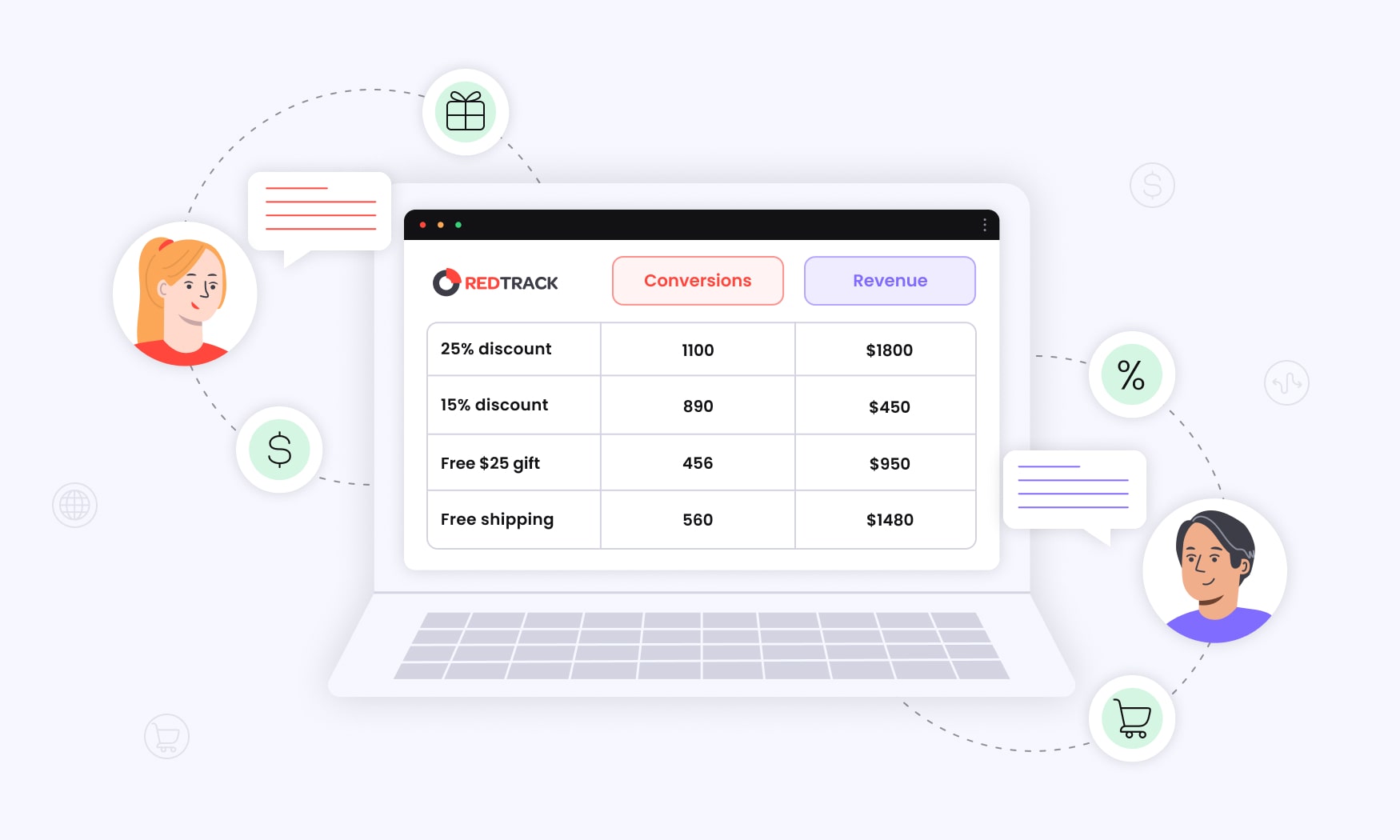
A higher Average Order Value (AOV) isn’t exactly a badge of honour if your profits have taken a hit. So track your AOV and profit margin together. The real measure of success is whether you’re making money sustainably, not just trying to look good.
Keep an eye on how happy your customers are and how many of them are sending stuff back. If your upsells start getting on people’s nerves, then you’re doing something wrong. Average Order Value (AOV) should be going up because your customers feel like they’re getting more value, not because you’ve found a way to squeeze a bit more cash out of them.
Once you’ve found something that works, use it everywhere: email, ads, social media, and on-site. Consistent offers across all channels will amplify their impact and make your message stick. So document what works so that marketing, support, and ecommerce teams all know what they’re working towards.
The formula’s pretty simple: test, measure, refine, and then do it all again. Start with quick wins like getting free shipping to kick in at a lower threshold or making smart bundling deals. Then, move on to getting more personal with your customers and using data to predict which ones are most likely to open their wallets.
But the truth is, you can’t scale what you can’t measure. That’s where RedTrack comes in. It gives you a complete picture of what’s going on: accurate attribution, real-time insights into AOV, and clear data on which campaigns, audiences, and channels are actually making your business more money.
You’ve already got the customers. RedTrack helps you make more money out of every single one of them.



